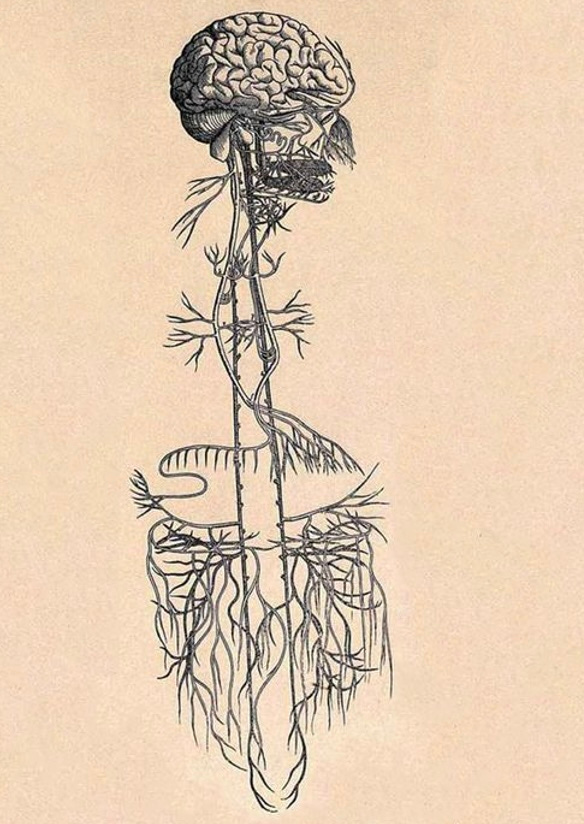Knowing How to Breathe will Be Helpful!
#2 in the series: What I wish I had Known Before Beginning Therapy
Have you ever had anyone say “Just breathe!” when you were distressed? I asked my Facebook friends how they felt when this happened. A few said it was a helpful reminder, but more said it made things worse because it felt insulting. I understand this. It isn’t as if we weren’t breathing, right?
The truth is that under distress, our breathing becomes more shallow—exactly the opposite from what is needed. Is it protective? Maybe. Is our body conserving energy? Probably. In a dangerous situation, it might be effective, but shallow breathing becomes habitual for survivors. This was definitely true in my case.
My body’s solution to this was sighing. I can almost hear my body say, “Ok, so you are not getting me enough oxygen so I am occasionally going to cause you to take a very deep breath!” We are big sighers in our family—we even designate official sighers on stressful days. I also had sighing spots at work—usually right before I walked into the administrative offices.
What I did not understand was that sighing was how my body was attempting to regulate my nervous system. I first learned about the art of breathing when I began taking Yoga classes. As I learned to breathe very deeply (no, more deeply than that) and then slowly exhale my breath, I could feel the relief in my body—even if only momentarily.
Once my body began to recognize what deep breathing was, I noticed that I would literally stop breathing for significant amounts of time when under stress. This became increasingly common as I began to process painful memories with the help of a trauma-informed therapist. Who, yes, would remind me to breathe.
I wish I had understood shallow breathing was going to be a natural reaction to stress in therapy and practiced breathing deeply more often before I began sessions. When dysregulated, your thinking brain goes offline and if you haven’t practiced these skills, you will not easily access them—or even remember they work!
Why does it work—other than the fact that breathing is necessary for living? Because of this crazy-looking nerve that winds all through our bodies. The video Trauma and the Nervous System: A Polyvagal Perspective is nine minutes long and the very best explanation of how our nervous system works and how it is impacted by trauma. I certainly wish I had watched this before beginning therapy!
Again, knowing how to breathe in ways that calm the nervous system is probably one of the best tools to keep in your toolbox. Dysregulation is common and normal during the healing process. Developing self-regulation tools will lessen the impact! I have listed a few resources below.
Interestingly enough, a sigh is the exact type of breathing that works best for self-regulation. A fast deep intake of breath through the nose with a slow exhale is the ticket. Especially if you do that throaty, exasperated kind of exhale. In truth, our bodies know what we need. We have been taught to ignore these cues (feelings) and this has been to our detriment. Breathing is a great way to begin to reclaim your body.
Resources
Deb Dayna’s book, Anchored: How to Befriend Your Nervous System Using Polyvagal Theory is easy to read (a great accomplishment for this topic) and rich with practical ideas.
If interested in a four-week study I created for a small church group, reply to me and ask for the link to Just Breathe.
These videos provide demonstrations for various types of breathing:
Box Breathing 4, 7, 8 Calm Breathing (more advanced) Belly Breathing
Note: All information and resources presented in these newsletters are drawn from my personal story and do not replace professional psychological care for mental health issues. My legal and ethical advice is always to seek professional help.




